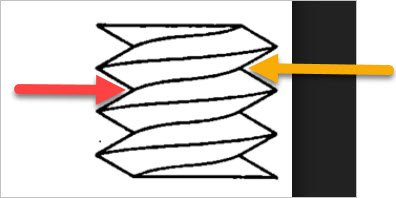- Joined
- Dec 20, 2012
- Messages
- 9,422
The anvils (1 pointed, 1 V'd) are not fixed in the spindles. They can turn slightly to fit precisely in the thread grooves/points. The key thing is that it is a direct reading (no math or conversions), very handy when you are cutting to tolerance.


